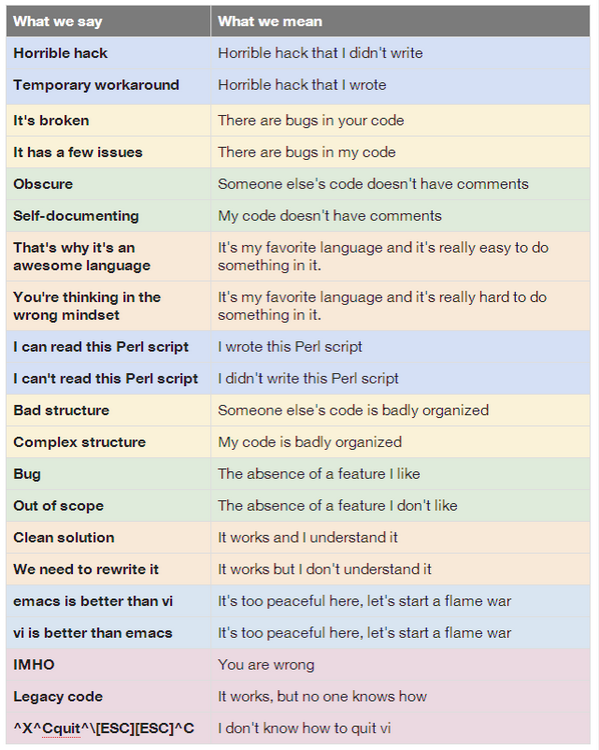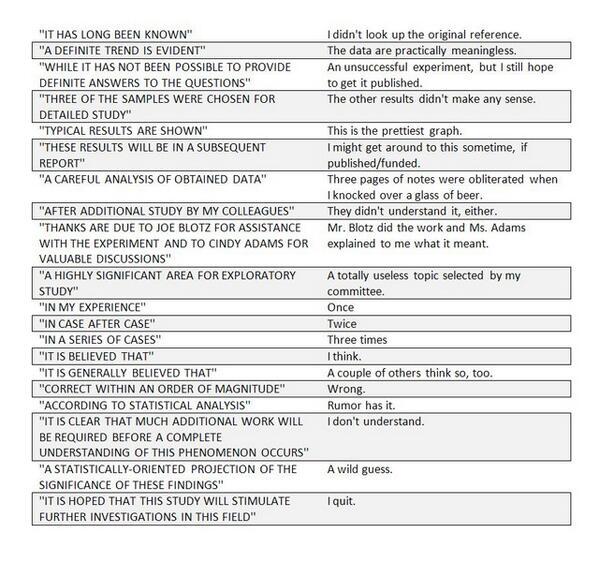Audit of DoD Cardholders Who Used Government Travel Cards at Casinos or Adult Entertainment Establishments by Michael J. Roark, Assistant Inspector General, Contract Management and Payments, Department of Defense.
From the memorandum:
We plan to begin the subject audit in September 2015. The Senate Armed Services Committee requested this audit as a follow-on review of transactions identified in Report No. DODIG-2015-125, “DoD Cardholders Used Their Government Travel Cards for Personal Use at Casinos and Adult Entertainment Establishments,” May 19, 2015. Our objective is to determine whether DoD cardholders who used government travel cards at casinos and adult entertainment establishments for personal use sought or received reimbursement for the charges. In addition, we will determine whether disciplinary actions have been taken in cases of personal use and if the misuse was repo1ted to the appropriate security office. We will consider suggestions from management on additional or revised objectives.
This project is a follow up to: Report No. DODIG-2015-125, “DoD Cardholders Used Their Government Travel Cards for Personal Use at Casinos and Adult Entertainment Establishments” (May 19, 2015), which summarizes its findings as:
We are providing this report for your review and comment. We considered management comments on a draft of this report when preparing the final report. DoD cardholders improperly used their Government Travel Charge Card for personal use at casinos and adult entertainment establishments. From July 1, 2013, through June 30, 2014, DoD cardholders had 4,437 transactions totaling $952,258, where they likely used their travel cards at casinos for personal use and had 900 additional transactions for $96,576 at adult entertainment establishments. We conducted this audit in accordance with generally accepted government auditing standards.
Let me highlight that for you:
July 1, 2013 through June 30, 2014, DoD cardholders:
4,437 transactions at casinos for $952,258
900 transactions at adult entertainment establishments for $96,576
Are lap dances that cheap? 😉
Almost no one goes to a casino or adult entertainment establishment alone, so topic maps would be a perfect fit for finding “associations” between DoD personnel.
The current project is to track the outcome of the earlier report, that is what if any actions resulted.
What do you think?
Will the DoD personnel claim they were doing off the record surveillance of suspected information leaks? Or just checking their resistance to temptation?
Before I forget, here is the breakdown by service (from the May 19, 2015 report, page 6):

I don’t know what to make up the distribution of “adult transactions” between the services.
Suggestions?










